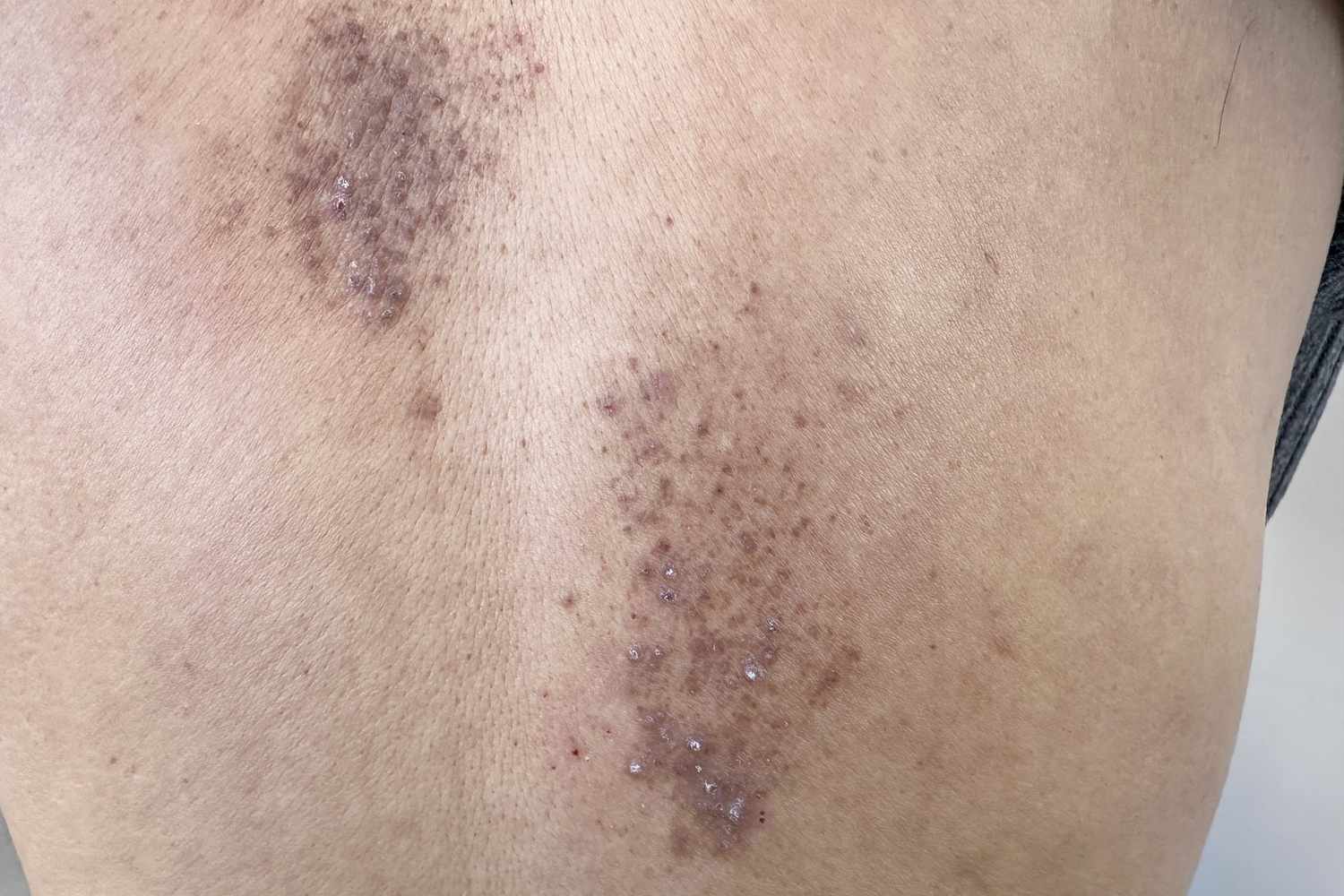
What is amyloidosis? Amyloidosis is a rare disease where abnormal proteins, called amyloids, build up in organs and tissues. This buildup can cause organs to malfunction. How does it affect the body? It can impact the heart, kidneys, liver, spleen, nervous system, and digestive tract. What are the symptoms? Symptoms vary but may include fatigue, swelling, weight loss, and numbness. Is it treatable? While there's no cure, treatments can manage symptoms and slow progression. Who is at risk? People with chronic infections, inflammatory diseases, or genetic mutations are more susceptible. Why is awareness important? Early detection can improve outcomes and quality of life.
What is Amyloidosis?
Amyloidosis is a rare disease that occurs when an abnormal protein called amyloid builds up in organs and tissues. This buildup can affect the function of the organs and tissues, leading to serious health problems. Here are some intriguing facts about amyloidosis.
-
Amyloidosis can affect different organs, including the heart, kidneys, liver, spleen, nervous system, and digestive tract.
-
There are several types of amyloidosis, including AL (primary), AA (secondary), and hereditary amyloidosis.
-
AL amyloidosis is the most common type and is caused by abnormal plasma cells in the bone marrow.
-
AA amyloidosis is often a complication of chronic inflammatory diseases such as rheumatoid arthritis or inflammatory bowel disease.
-
Hereditary amyloidosis is caused by genetic mutations and can be passed down through families.
Symptoms of Amyloidosis
The symptoms of amyloidosis can vary widely depending on which organs are affected. Here are some common symptoms to watch out for.
-
Fatigue and weakness are common symptoms due to the impact on various organs.
-
Swelling in the ankles and legs can occur if the kidneys are affected.
-
Shortness of breath may happen if the heart is involved.
-
Numbness or tingling in the hands and feet can be a sign of nerve involvement.
-
Unintentional weight loss is another possible symptom.
Diagnosing Amyloidosis
Diagnosing amyloidosis can be challenging because its symptoms often mimic those of other diseases. Here are some key facts about the diagnosis process.
-
A biopsy is usually required to confirm the presence of amyloid deposits in tissues.
-
Blood and urine tests can help detect abnormal proteins associated with amyloidosis.
-
Imaging tests like echocardiograms and MRIs can assess the extent of organ involvement.
-
Genetic testing may be used to identify hereditary forms of amyloidosis.
-
Early diagnosis is crucial for managing the disease and preventing severe complications.
Treatment Options for Amyloidosis
While there is no cure for amyloidosis, various treatments can help manage symptoms and slow disease progression. Here are some treatment options.
-
Chemotherapy can be used to target abnormal plasma cells in AL amyloidosis.
-
Organ transplants may be necessary if the disease severely damages organs like the heart or kidneys.
-
Medications can help manage symptoms such as pain, swelling, and heart failure.
-
Stem cell transplants are another treatment option for some patients with AL amyloidosis.
-
Lifestyle changes, including a healthy diet and regular exercise, can support overall health and well-being.
Living with Amyloidosis
Living with amyloidosis requires ongoing medical care and lifestyle adjustments. Here are some important considerations for patients.
-
Regular follow-up appointments with healthcare providers are essential for monitoring the disease.
-
Support groups and counseling can provide emotional support and practical advice.
-
Patients should avoid infections by practicing good hygiene and staying up-to-date on vaccinations.
-
Managing stress through relaxation techniques and hobbies can improve quality of life.
-
Educating family and friends about the disease can help build a supportive network.
-
Staying informed about new research and treatments can empower patients to make informed decisions about their care.
Final Thoughts on Amyloidosis
Amyloidosis is a rare but serious condition that affects many parts of the body. Knowing the symptoms and treatment options can make a big difference. Early diagnosis is key to managing the disease effectively. Common signs include fatigue, weight loss, and swelling. Treatments range from medications to more advanced therapies like stem cell transplants.
Staying informed and working closely with healthcare providers can help manage the condition better. Support groups and resources are available for patients and families. Awareness and education are crucial in fighting amyloidosis.
By understanding the facts, you can take proactive steps to improve your health or support someone who has the condition. Always consult with medical professionals for personalized advice and treatment plans. Knowledge is power when dealing with amyloidosis.
Was this page helpful?
Our commitment to delivering trustworthy and engaging content is at the heart of what we do. Each fact on our site is contributed by real users like you, bringing a wealth of diverse insights and information. To ensure the highest standards of accuracy and reliability, our dedicated editors meticulously review each submission. This process guarantees that the facts we share are not only fascinating but also credible. Trust in our commitment to quality and authenticity as you explore and learn with us.
